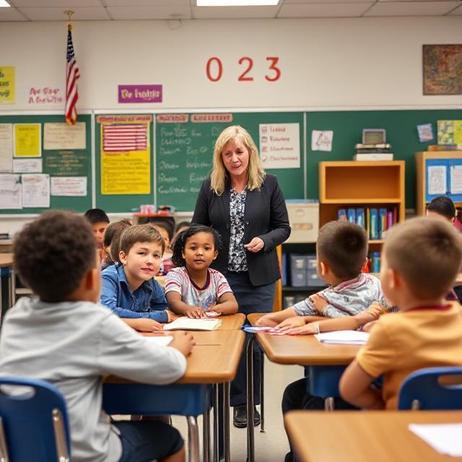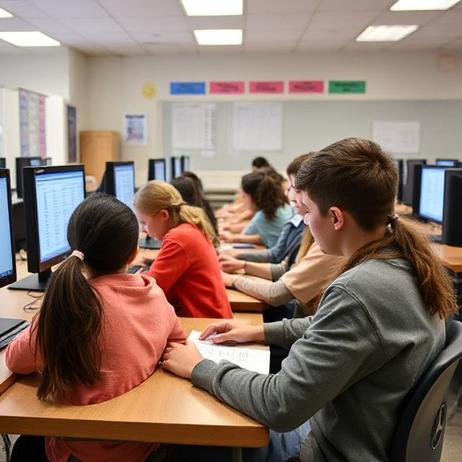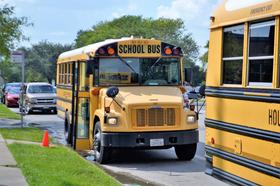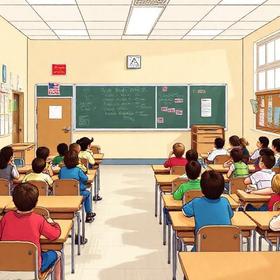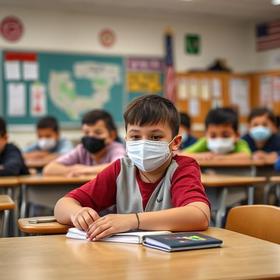The Push for Career and Technical Education (CTE)
In recent years, interest in career and technical education (CTE) has surged as parents, students and educators seek more relevant pathways to careers and post-secondary success. This article updates the 2023 perspective with fresh data, 2025-era policy developments, tuition realities and real-world examples of how CTE is evolving in U.S. schools.
1. Why CTE Is Back in the Spotlight
Career and Technical Education (CTE) offers a strategic bridge between academic learning and in-demand careers. In February 2025, the U.S. Department of Education reaffirmed its commitment to CTE during the annual Career and Technical Education Month, emphasizing renewed funding and national priority. White House
Several factors are driving this renewed focus:
Workforce demands: Employers face skilled-labor shortages and seek graduates who can enter the job market with both technical skills and academic literacy.
Diversity of student goals: More students and families recognise that a four-year college is not the only route to stable employment; CTE offers viable alternatives.
Policy momentum: Recent legislation and state actions are providing incentives and accountability for CTE programs.
Equity and access concerns: CTE is increasingly framed as a tool for widening opportunity to students who may not otherwise pursue traditional college paths.
2. 2025 Data Snapshot for U.S. CTE
According to the latest data by the National Center




